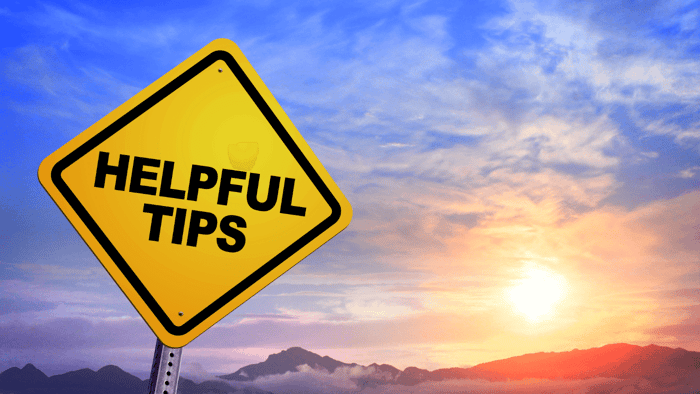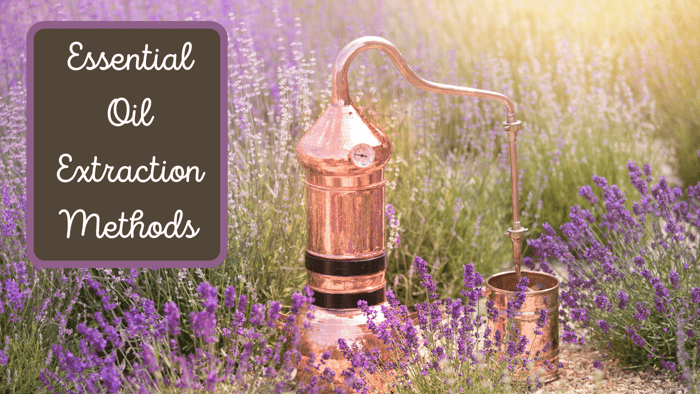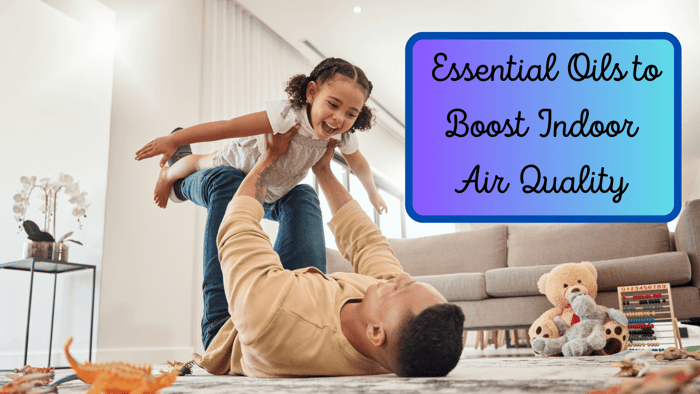Essential oils can be an amazing help with many health conditions even when all other therapies have failed. I’ve put together the following 7 tips for using essential oils safely to help you get started on your aromatic journey with confidence and joy.
What’s more, using essential oils safely can improve health without causing unwanted side effects, something that common pharmaceuticals can rarely claim. However, this does not mean that essential oils should be used carelessly. While the safety concerns associated with essential oils are much less extreme than those of pharmaceuticals, it's still helpful to follow a few simple safety guidelines when using essential oils.
1) Get high-quality essential oils
The first and possibly most important step toward essential oil safety is to get essential oils that are of high quality. By this, I mean that the oils contain no adulterants, synthetic ingredients, other, cheaper essential oils; and also that the oils have neither been redistilled, standardized, or rectified. In short, when you buy essential oils, you should be getting a pure extract from a specific plant, and nothing else.
How can you tell whether the essential oil is high quality? At a minimum level, make sure the label for the oil you are buying contains information like the Latin name of the plant, the country where the plant was grown, and the method of extraction. It's also a good idea to seek out companies that are run by people who are aware of the common practice of adulterating essential oils, who know how to source the safest and most therapeutic essential oils, and who make their customers' well-being their first priority.
At Miracle Botanicals, that is how we do business!
Introductory Essential Oil Set - 6 Basic Essential Oils in Premium Grade
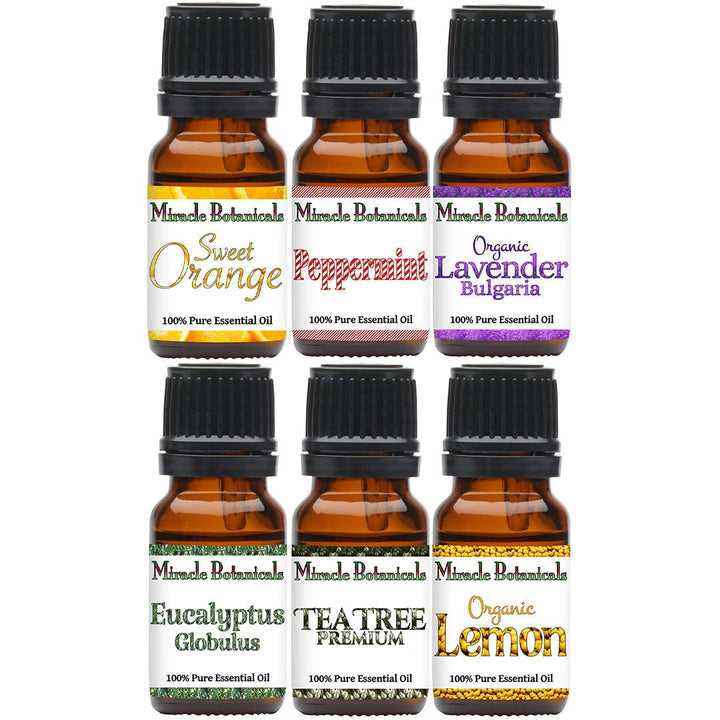
$69.97
Premium Essential Oil Introduction Set containing Organic Lavender, Organic Lemon, Eucalyptus Globulus, Tea Tree, Orange and Peppermint Method of Extraction: Steam Distilled (6) 10ml Amber Glass European Dropper Bottles … read more
You can also take this essential oil chemistry course, which will help refine your sense of smell so that you can detect real essential oils versus synthetic fragrances, plus you will be very informed about what essential oils to use for any particular issue.
2) Begin with gentle essential oils
There are some essential oils that have more of a potential for adverse effects than others, so it’s a good idea to begin with the gentlest essential oils. First, you can check if the oil is on the FDA’s GRAS (Generally Regarded As Safe) list. This is simply a list of essential oils that the FDA considers to be safe for consumption as a flavoring.
A good place to start would be with our collection of essential oils for Babies and Children.
If the essential oil is not found on either list, you can do additional research or consult an aromatherapist for advice regarding safety.
Gentle Essential Oil Blend - 100% Pure Essential Oil Blend for New Mothers, Newborns, Elderly & Sensitive
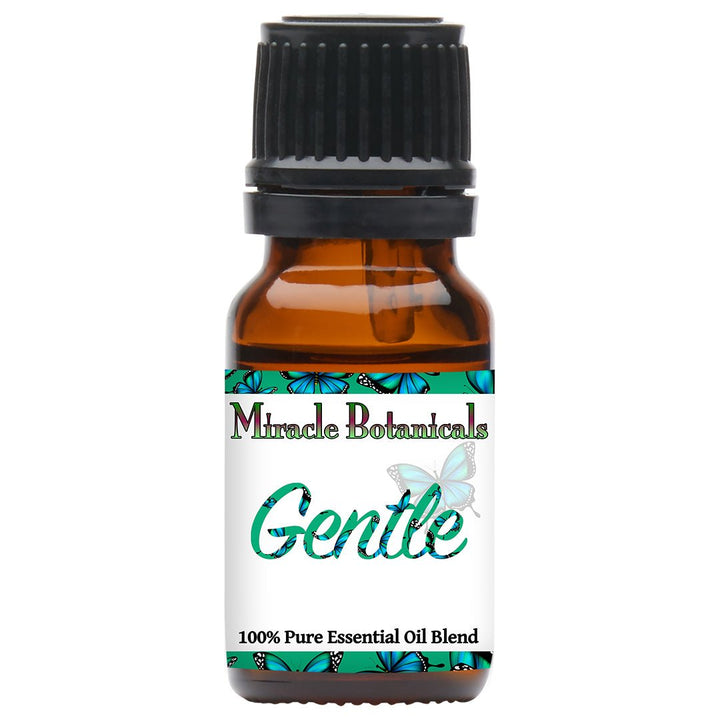
$12.97
Safe for babies and children when properly diluted - see details under recommendations for dilution ratios by age 100% Pure Essential Oils of Frankincense Sacra, Roman Chamomile, German Chamomile, Cape Chamomile, Mandarin, Blue Yarrow, Helichrysum Italicum Essential Oils Aroma: Sweet and… read more
3) Start off slowly
Essential oils are complex substances, and every person’s body is different. As a result, if you are using essential oils for the first time, allow yourself time to take it slow, and observe how your body reacts.
If you are inhaling the essential oil, make sure to have access to fresh air. If you are applying the oil topically, use a weaker dilution (more on this below) and apply the oil to a small patch of skin that’s less likely to be sensitive (for example, your arm).
Once you’ve determined that you do not have any kind of unwanted reaction to an essential oil, you can increase the amount you are using. If you do experience any unpleasant effects, simply stop using the essential oil.
4) Dilute essential oils properly
Essential oils are complex substances, and every person’s constitution is different. As a result, if you are using essential oils for the first time, allow yourself time to take it slow, and observe how your reactions.
If you are inhaling the essential oil, make sure to have access to fresh air. If you are applying the oil topically, use a weaker dilution (more on this below) and apply the oil to a small patch of skin that’s less likely to be sensitive (for example, your arm).
Once you’ve determined that you do not have any kind of unwanted reaction to an essential oil, you can increase the amount you are using. If you do experience any unpleasant effects, simply stop using the essential oil.
| carrier oil/dilution | 1% | 2% | 5% | 10% |
| 1 teaspoon | 1 | 2 | 5 | 10 |
| 1 tablespoon | 3 | 6 | 15 | 30 |
| 1 ounce | 6 | 12 | 30 | 60 |
So which dilution do you need?
A 1% dilution is used for anyone with sensitive skin, including children, pregnant women, elderly adults, and anyone who reacts strongly to essential oils.
A 2% dilution is appropriate for most situations and for most people and typically won’t irritate the skin even after prolonged exposure.
A higher dilution (5%-20%) can be appropriate for short-term therapeutic use, such as for relieving muscle or joint pain.
If you are not sensitive to essential oils, you can graduate to applying them straight, like I do! Frankincense (with the exception of Frankincense Papyrifera) is a great one to start using without any carrier oil.
Rare Frankincense Essential Oil Set - Frankincense Trifecta Sampler
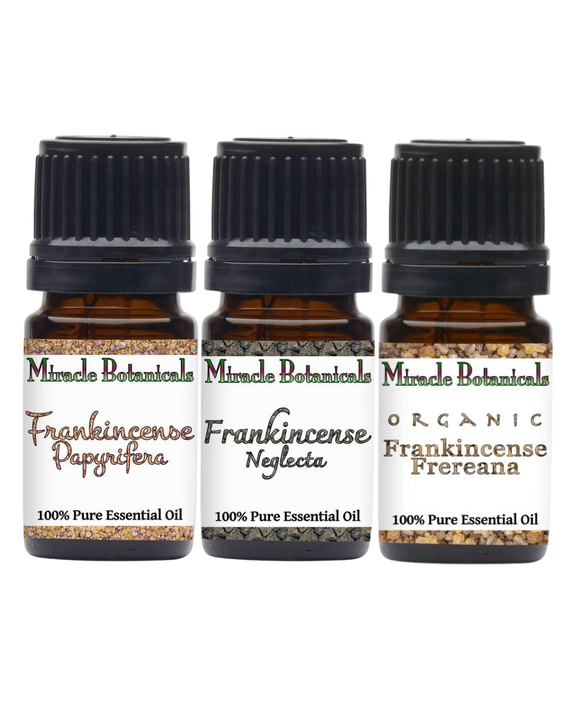
$59.97
Rare Frankincense Essential Oil Sampler Set containing Frankincense Papyrifera, Frankincense Neglecta and Organic Frankincense Frereana Method of Extraction: Steam Distilled (3) 5ml Amber Glass European Dropper Bottles … read more
5) Avoid applying certain oils before going out into the sun
A few essential oils react when exposed to UV light and can end up irritating your skin in a similar way to a sunburn. Applying these oils topically in places where your skin will be exposed to sunlight in the next 12-18 hours is not recommended. (Inhaling these oils is fine whether or not you’ll be out in the sun.)
The most common photosensitizing essential oils are cold-pressed citrus oils, such as Grapefruit, Lemon, Lime, and Bergamot. Angelica and Tagetes are also known as photosensitizing essential oils. For safety, these are the ones to dilute properly and apply in the evening.
6) Get informed before you ingest essential oils
We all commonly ingest small quantities of essential oils in whole foods or as added flavoring. However, when it comes to therapeutic ingestion of essential oils, the picture quickly becomes complicated. Some people are very much against the practice, while others support it.
If you do decide to ingest essential oils for therapeutic reasons, there are a few guidelines that are important to follow.
7) Take special care when using essential oils with kids
Compared to adults, kids are more sensitive, their immune system is not as developed, and their skin is more permeable. This means that you should exercise more caution when using essential oils with children.
I’ve written a detailed post about essential oils and kids. Check it out to find out which oils are safe to use on kids, which dilutions to use, and what other safety points you need to know about.
And that’s it. As I said, essential oils can be a real boon when it comes to improving your health, and by following the simple safety guidelines above, you’ll be able to maximize the benefits of aromatherapy while avoiding any potential side effects.


